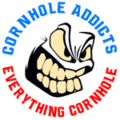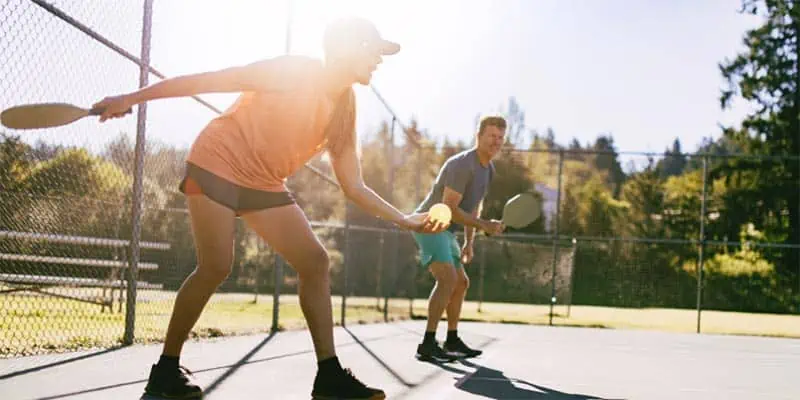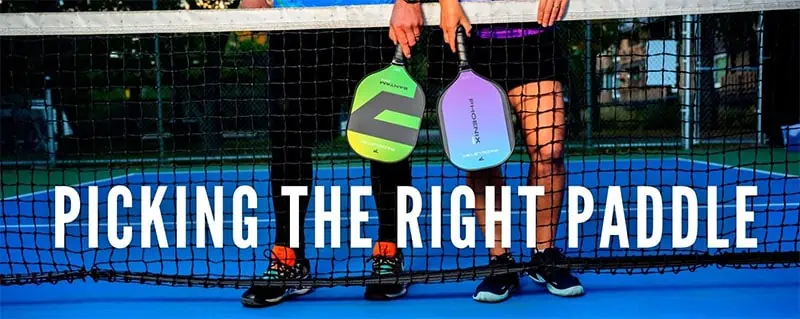In 2023, pickleball celebrates its 57th year as the fastest-growing sport in America. With a staggering 36 million players nationwide, boasting 396 pickleball locations. With it’s rise in popularity comes the rise in pickleball injuries.
Table of Contents
Are Pickleball Injuries Common?
The sport of pickleball, which blends elements of tennis, badminton, and ping-pong, has gained significant popularity as an easy-to-learn and low-impact activity, particularly among individuals aged 55 and older (comprising 52% of core pickleball players).
Recent research indicates that pickleball offers more than just physical advantages. Engaging in this sport has been found to enhance life satisfaction through socialization. Moreover, older adults who participate in pickleball experience reduced levels of depression.
To ensure the well-being and continued participation of pickleball players, it is important to address the growing risk of social isolation among older individuals.
A well-known study found that in 2017, there were 19,000 reported injuries related to pickleball, with 90% of these occurrences affecting individuals aged 50 and above. Additionally, 85% of all hospital visits related to pickleball injuries were made by players aged 60 and older.
Before your next game, familiarize yourself with common pickleball injuries and consult our prevention guide to safeguard your springtime enjoyment.
Common Pickleball Injuries
Pickleball Elbow
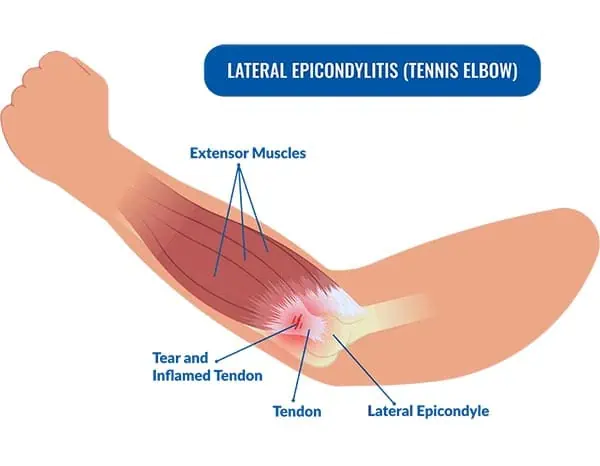
Pickleball elbow, also known as lateral epicondylitis or tennis elbow, is an overuse injury that affects the tendons and muscles connected to the outer elbow.
It is caused by repetitive or forceful movements involving gripping, twisting, or lifting. Symptoms include pain, tenderness, weakness in the wrist and hand, and limited range of motion in the elbow joint.
Pickleball elbow can be quite debilitating, as it can interfere with daily activities and sports performance. It is important to address the underlying causes and seek appropriate treatment to prevent further damage and promote healing.
Common treatment options include rest, ice, physical therapy, and in some cases, the use of braces or splints. Early intervention and proper management are key to recovering from pickleball elbow and getting back to pain-free movement.
Click here for some great recommendations for Pickleball Elbow Braces
Achilles Tendonitis
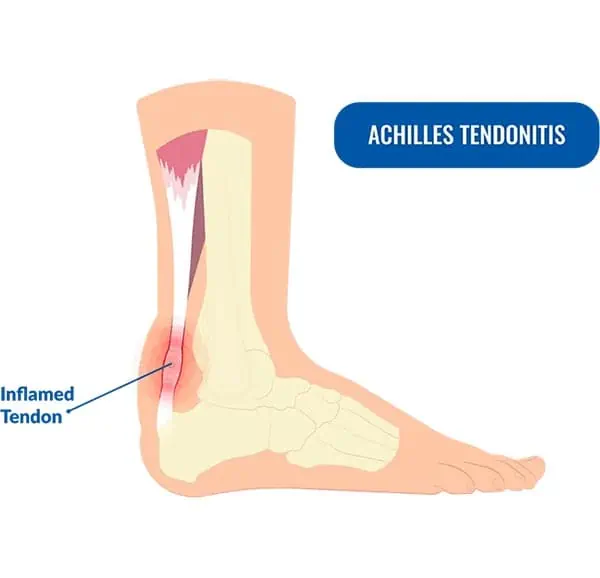
Achilles tendonitis is the inflammation and irritation of the Achilles tendon, the connective tissue that links the calf muscles to the heel bone. This condition can be caused by repetitive stress or overuse of the Achilles tendon.
Movements involved in pickleball, such as quick side steps, jumping, and pivoting, can exert significant strain on the Achilles tendon. Over time, this strain can lead to small tears in the tendon, resulting in pain, swelling, and stiffness in the affected area.
To prevent pickleball injuries to the achilles, it is advisable to halt forward movement and firmly plant the feet when the opponent is about to strike the ball, as excessive foot movement can increase the risk of falls and injury.
Symptoms of Achilles tendonitis include ankle pain and stiffness, swelling, and tenderness in the affected area. In severe cases, the Achilles tendon may rupture, necessitating immediate medical attention.
Click here for some great recommendations for Tendonitis Braces
Rotator Cuff Injury
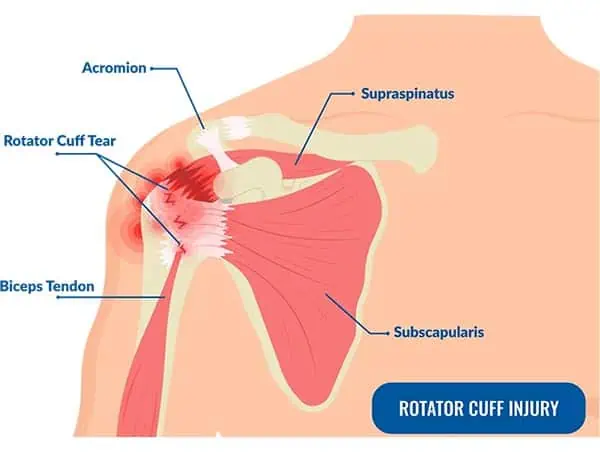
Rotator cuff injuries arise from the strain or tear of the muscles and tendons connecting the shoulder blade to the upper arm bone. These pickleball injuries often result in shoulder pain, weakness, and limited range of motion. In pickleball, repetitive overhead motions like swiping or slicing the ball are the main culprits for rotator cuff injuries.
They are particularly prevalent among high-intensity or long-duration players. Poor form or technique can also heighten the risk of injury.
Symptoms of a rotator cuff injury include shoulder pain or tenderness, arm weakness or difficulty lifting, limited range of motion, a clicking or popping sensation during arm movement, and shoulder stiffness.
Click here for some great recommendations for Rotator Cuff Braces
How Can You Avoid Pickleball Injuries?
Stretch
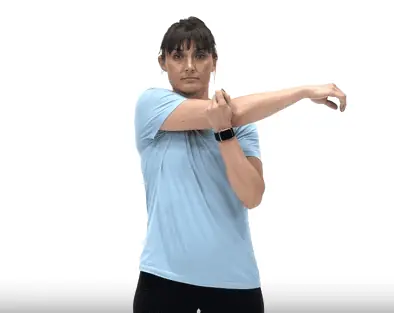
Engaging in warm-up exercises prior to playing can help reduce the risk of pickleball injuries by enhancing blood circulation to the muscles, reducing the likelihood of muscle strains or tears.
Moreover, stretching increases flexibility and range of motion, facilitating court movement and shot reach during the game. To prepare the legs for explosive movements, basic stretches such as lunges or leg swings help loosen the muscles.
Enhancing mobility and minimizing hip injuries can be achieved through hip stretches like hip circles or figure-four stretches. Lastly, upper body readiness for overhead shots and court maneuvers can be attained by performing shoulder and arm stretches like arm circles or shoulder rotations.
R.I.C.E.
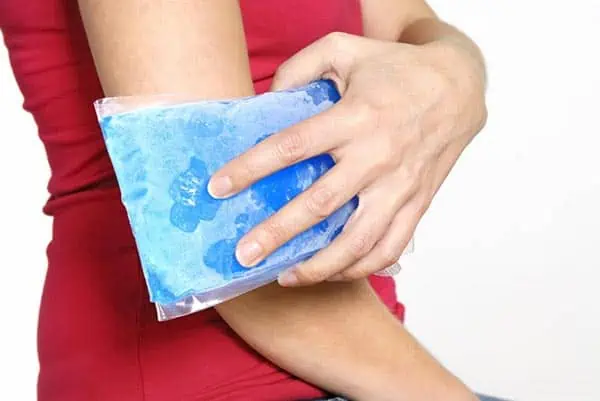
Resting, icing, compressing, and elevating, commonly referred to as R.I.C.E., aids in reducing swelling and promoting healing. Following a game of pickleball, it is crucial to take a break and avoid exerting excessive pressure on any tender or injured areas. This includes allowing for sufficient rest and incorporating a cool-down routine that incorporates some of the aforementioned stretches.
When experiencing pain, apply ice to the affected areas to decrease inflammation and alleviate discomfort. Apply ice intermittently for approximately 20 minutes at a time. Applying an elastic bandage or compression sleeve to the affected area provides support and helps minimize swelling.
Lastly, elevating the affected area above the level of the heart aids in reducing swelling by facilitating the drainage of excess fluid.
Need some fresh new pickleball apparel and gear? Shop now
What is the most common injury in pickleball?
The most common injury from pickleball is a general muscle and shoulder strain. Overextending the shoulder and rotator cuff can cause damage and pain to the muscle. Over time, shoulder injuries can cause pain, inflammation and reduced range of motion.
Reference: CORE Orthopedics and Sports Medicine
